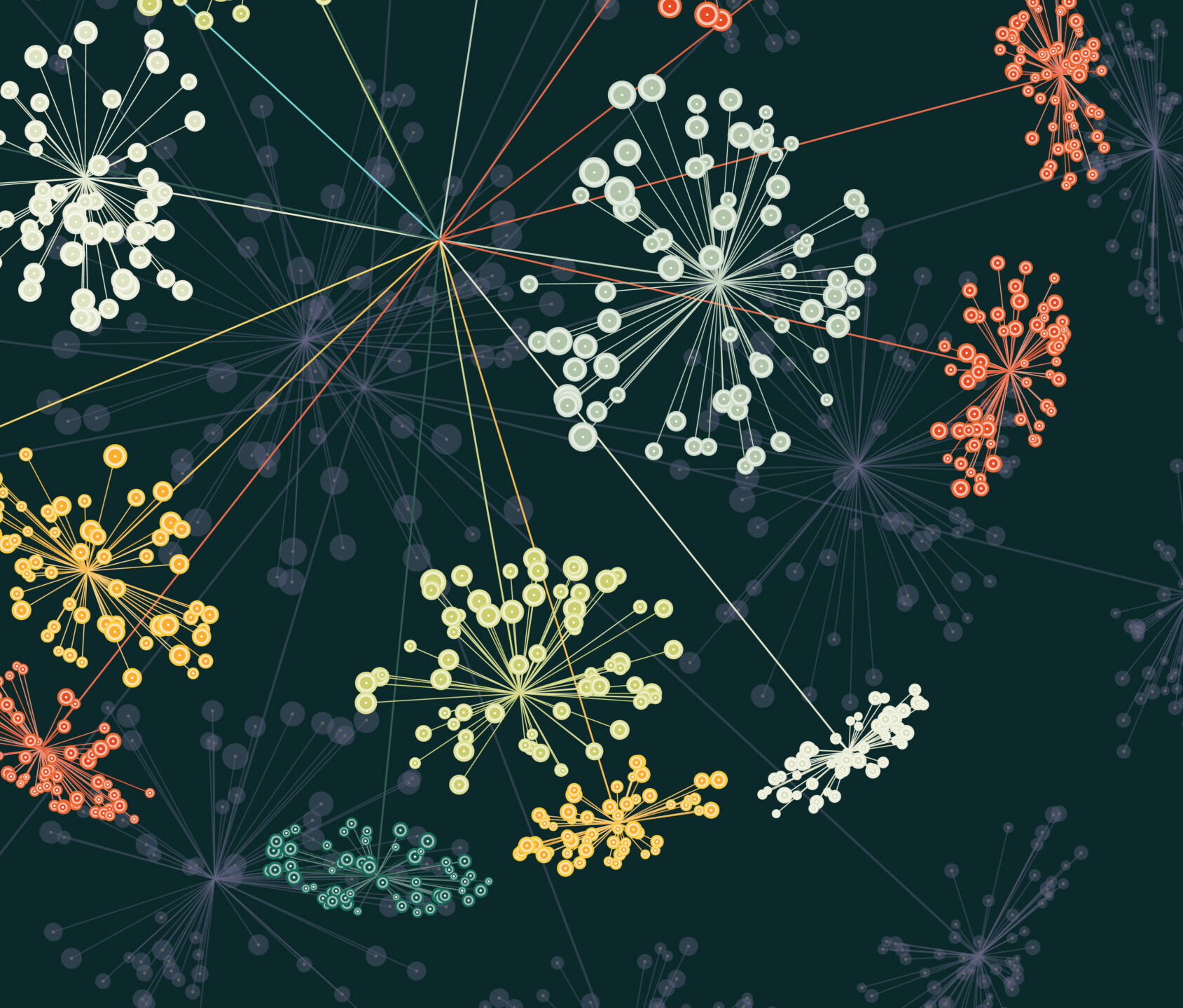Spatial Omics: Advancements and Use

Advances in RNA sequencing has made it possible to measure transcriptomes at a single-cell resolution. While this was an incredible achievement, single-cell RNA sequencing lacks the context of tissue location. Spatial transcriptomics is an exciting form of molecular analysis that includes spatial data, which enables an understanding of the location of a cell within tissue and indicates where genes are expressed in a spatial context. This technology will facilitate the identification of unknown processes such as information on cell regulation and tissue organisation.
Spatial Omics: Technology & Advancements
Spatial omics is changing how we think about biology, giving us an unprecedented view into single cells and tissues. As a result, there has been a great deal of interest from research groups in developing new technologies to improve the resolution of data gathered using several different approaches.
In situ capture of RNA via spatial transcriptomics is a method in which transcripts captured from permeabilized tissue are barcoded during cDNA synthesis to confer spatial positioning. Sequencing of the subsequent cDNA libraries is completed outside the tissue, with barcoded transcripts merged with images of stained tissue to enabling the transcriptomic data to generate spatial transcriptome data. Examples of these technologies include NanoString’s GeoMx and 10x Genomic’s Visium technologies.
Spatial Omics in Use: Alzheimer’s Disease
Using a combination of Visium spatial transcriptomics, Dr. Simon Gregory (Duke University) and his team have been exploring changes in gene expression in Alzheimer’s progression.
Dr Gregory details his process, explaining that “We are using 10x Genomics’ Visium platform to understand Alzheimer’s disease by assessing four different brain regions from one individual that represent a continuum of disease progression. We place 10-micron thick 6.5mm x 6.5mm sections in the Visium field and then perform H&E staining to identify the morphology of the tissue itself. This approach allows us to move beyond the traditional view of single-cell data where each spot correlates to an individual cell, to now where a spot in the field corresponds to specific locations within the tissue itself. We are also merging immunofluorescence of adjacent sections with our RNA expression profile to colocalize pathogenic features within the tissue with RNA expression response.
Because the current Visium spots are 55-micron, we use deconvolution approaches by incorporating single-cell data from the Allen brain Atlas that uses canonical sets of genes to define cell type that proportionality deconvolutes the cells that are present within an individual spot. The program, Spotlight, also has the benefit of establishing relationships of different cell types within a spot.”
This approach allowed the team to identify interactions between the astrocytes, oligodendrocytes and neuronal cells with progression of the disease. In addition, they found evidence for differential expression between astrocytes and microglia and proximal amyloid-beta plaque regions between different stages of the disease. Alzheimer’s has long been one of the most challenging diseases to understand and treat, but work involving spatial genomics is uncovering previously hidden disease mechanisms and will hopefully help open new doors for treatment in the future.
Conclusion:
Science has come a long way since the first map of the human genome twenty years ago. Spatial omics is one of the most exciting new frontiers in genomic research, and several technological solutions are vying for success. Now, we are beginning to see how data gathered from spatial omics research can break previously impenetrable barriers in our understanding of biology.
Speaker Biographies
Simon Gregory, Professor in Neurology, Medicine, and Molecular Genetics and Microbiology at Duke University
Dr Gregory is a tenured Professor and Vice-Chair of Research in the Department of Neurology at Duke University and Director of the Molecular Genomics Core at the Duke Molecular Physiology Institute (DMPI). As a neurogenomicist, Dr Gregory applies the experience gained from leading the sequencing of chromosome 1 for the Human Genome Project to elucidate the mechanisms underlying multi-factorial diseases using genetic, genomic, and epigenetic approaches. Dr Gregoryâs primary research areas involve understanding the molecular processes associated with disease development and drug-induced remyelination in multiple sclerosis and identifying predictors of plasma oxytocin response on social behaviour in human cohorts and animal models of autism. He is also leading the development and application of novel single cell and spatial molecular technologies at Duke towards understanding the pathogenic mechanisms of neurodegenerative disease and brain tumours.








